A Brief Colonial History Of Ceylon(SriLanka)
Sri Lanka: One Island Two Nations
A Brief Colonial History Of Ceylon(SriLanka)
Sri Lanka: One Island Two Nations
(Full Story)
Search This Blog
Back to 500BC.
==========================
Thiranjala Weerasinghe sj.- One Island Two Nations
?????????????????????????????????????????????????Tuesday, June 2, 2020
The U.S., like Israel, is wielding the violence of an occupying power
The killing of George Floyd and the ensuing protests bear striking parallels to similar events in Israel-Palestine. Despite their differences, the mechanisms of repression operate in the same way.
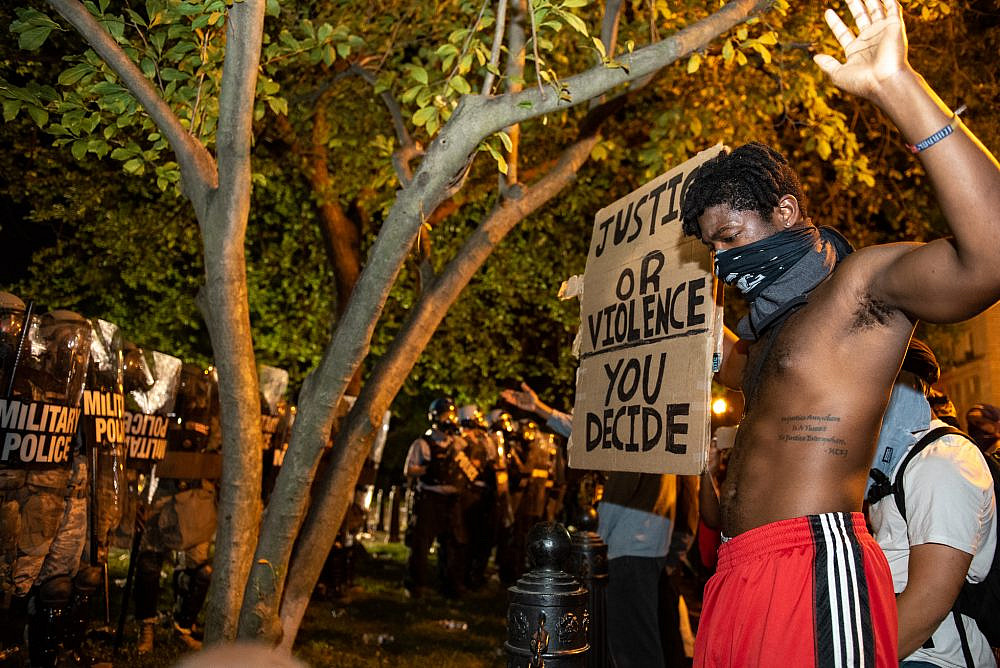 George Floyd protests in Washington DC. Lafayette Square. May 30, 2020. (Rosa Pineda/Wikimedia Commons)
George Floyd protests in Washington DC. Lafayette Square. May 30, 2020. (Rosa Pineda/Wikimedia Commons) ByMairav ZonszeinJune 1, 2020
ByMairav ZonszeinJune 1, 2020 Another white cop murdered a Black man in the United States. After over two months in which public spaces were emptied by the coronavirus pandemic – a disease which itself has been disproportionately killing Black and brown people in the country – the streets are now filled with people risking their lives and safety to demand justice for George Floyd and all Black lives.
Another white cop murdered a Black man in the United States. After over two months in which public spaces were emptied by the coronavirus pandemic – a disease which itself has been disproportionately killing Black and brown people in the country – the streets are now filled with people risking their lives and safety to demand justice for George Floyd and all Black lives.Floyd’s killing in Minneapolis one week ago is painfully familiar. It comes just two months after the murder of Breonna Taylor in Louisville. Just a few weeks after footage surfaced of the murder of Ahmaud Arbery in Georgia. After Eric Garner, Michael Brown, Philando Castille, and Tamir Rice. The list goes on.
And yet, this time, it feels like a moment of reckoning. Mass protests, sirens, fires, fireworks, riot gear, tear gas, and curfews fill the streets of cities like Minneapolis, New York, Oakland, Atlanta, Portland, Louisville, and Washington D.C. Police have arrested at least 1,400 people in 17 cities and authorities have ordered curfews in 39 cities across 21 states. It looks and feels like an American Intifada.
As I watch everything unfold, I cannot help but notice the striking parallels between George Floyd’s murder and the countless Palestinians killed at the hands of Israeli forces. I write this as someone who is neither Palestinian nor Black, but as a journalist and activist in solidarity with both communities, who has witnessed such events both in the United States and Israel-Palestine.
While there are substantial differences between the two countries and their circumstances, the mechanisms of state violence and repression ultimately operate in the same way. There is a clear “us” and “them.” A sense that there is the occupier and the occupied. If you are Palestinian under Israeli control, you are a target. If you are Black in America, you are a target. And when you take a stand, you are beaten or shot down.
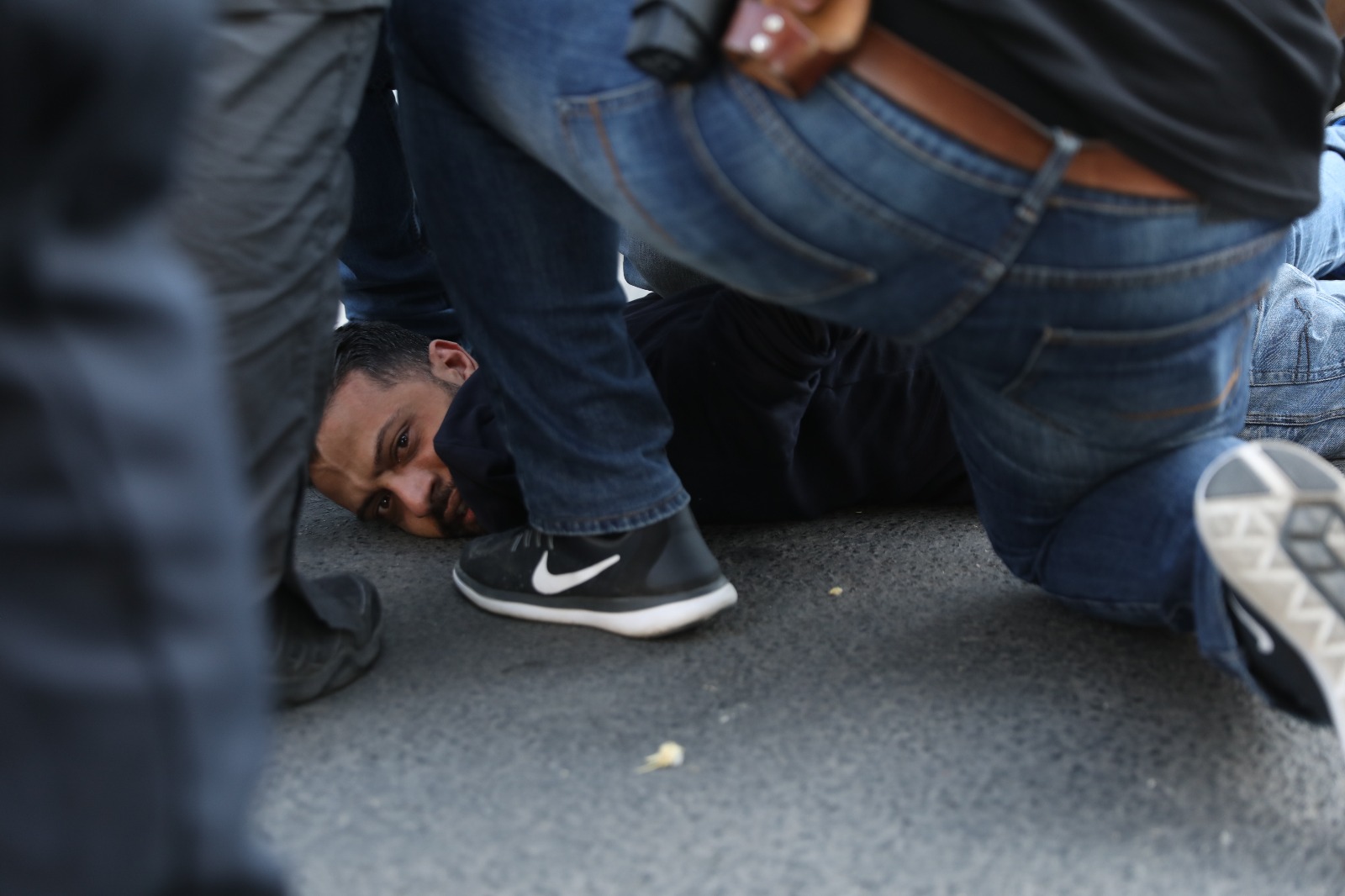
In both countries, like many others, the state wields brutal violence to preserve the structural inequalities on which it stands. Those defending the sanctity of Black lives in the United States, like those standing with Palestinians against Israeli authorities, are finding themselves face-to-face with armed forces that are fulfilling the role of a hostile occupying power.
The parallels grew even more resonant last week when, just a few days after Floyd’s murder, a 32-year-old Palestinian with autism, Iyad Hallak, was killed by Israeli Border Police in Jerusalem’s Old City. The officers claimed they believed he was holding a gun, yet there was none. When they ordered him to freeze, Hallak, out of fear, ran and hid behind a dumpster. One of the officers shot him multiple times, reportedly even after his commander told him to stop.
Last week’s killings, along with many others, illustrate how the two countries mirror each other’s experiences of discrimination and brutality. Here are just some of those commonalities.
The power of cameras
George Floyd’s murder was caught on video from multiple angles. It is the primary reason why news spread so fast, and why those who tried to explain away the incident failed. Palestinians, too, have been documenting Israeli human rights abuses for years, with footage of violence often being one of the only tools they can use to demand justice and draw attention to their plight.Floyd’s murder particularly reminded me of when Israeli soldier Elor Azaria murdered Abdel Fattah al-Sharif, a Palestinian resident of occupied Hebron, in March 2016. Although the circumstances were different – Al-Sharif had tried to stab a soldier – like Floyd, Al-Sharif lay incapacitated on the ground, posing no threat, when Azaria fatally shot him in an extrajudicial killing.
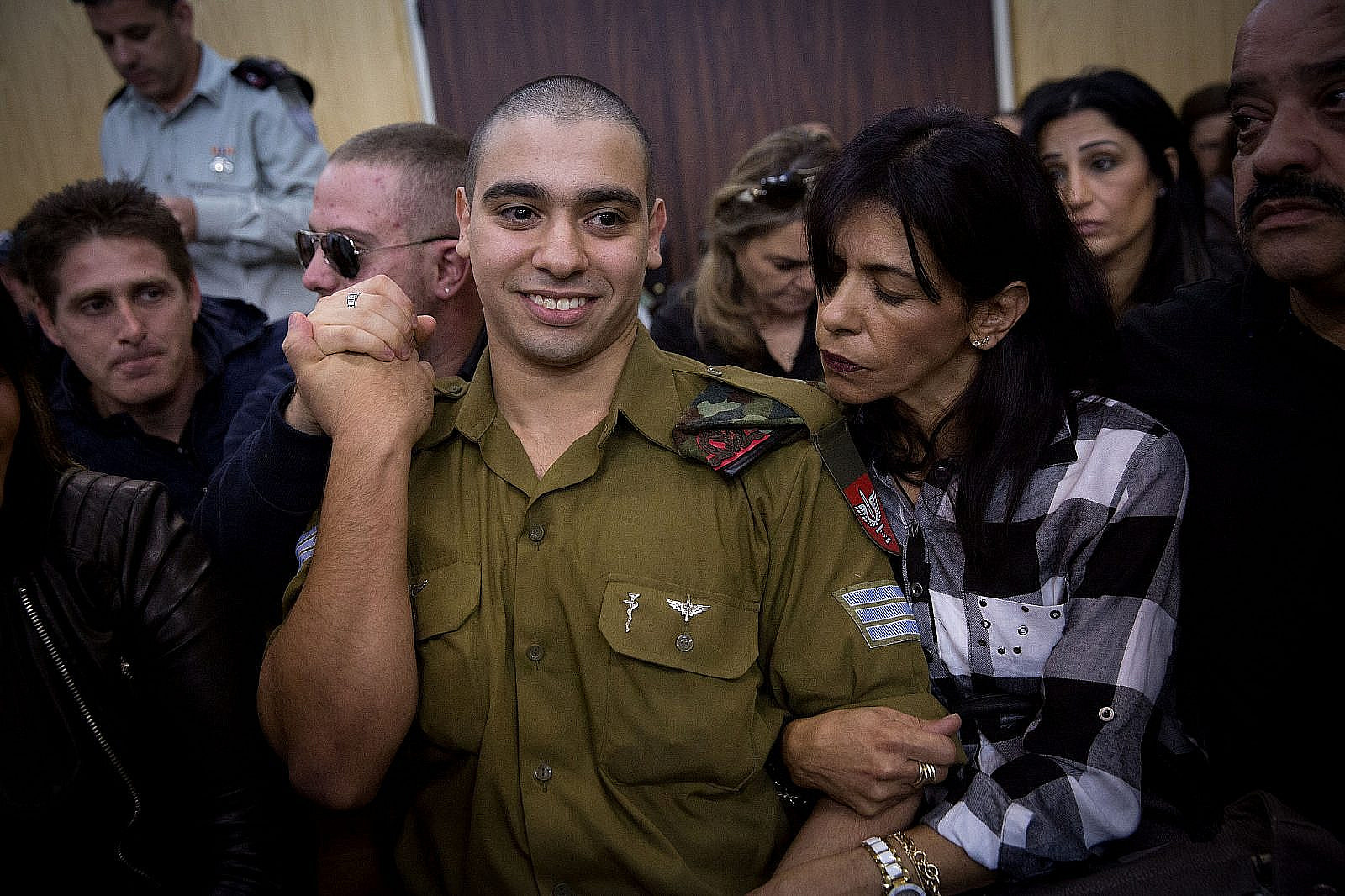
Azaria was deemed a bad apple by some in Israel, but was defended by others on the right. After serving nine months in prison, Azaria was released and welcomed by many Israelis as a hero. Despite the massive uproar, the IDF has not changed anything about their conduct in the West Bank any more than American police have changed theirs.
Nonetheless, if such footage had not been captured, many investigations of police officers and soldiers (no matter how futile) would not have been opened and brought to public scrutiny. It is why Christian Cooper, a Black man and avid bird watcher, instinctively took out his camera in New York’s Central Park last week when Amy Cooper, a white woman, called the police on him after he asked her to put her dog on a leash, claiming he was threatening her life. It is why many Palestinians in the West Bank similarly start filming when they face Israeli officers or Jewish settlers, either through their personal phones or professional cameras distributed by human rights groups.
The narrative around violence
Were it not for the protests that erupted in Minneapolis, which saw the city’s 3rd Precinct police station gutted by flames, David Chauvin, the police officer who killed Floyd, would likely not be in custody at this moment and charged with third-degree murder.Still, as places are being looted and vandalized, the mainstream media narrative has been turning against the protesters, claiming that they are “thugs” undermining their own cause. A New York Times op-ed by Ross Douthat, for example, discouraged the riots arguing that “what nonviolent protest gains, violent protest unravels.”
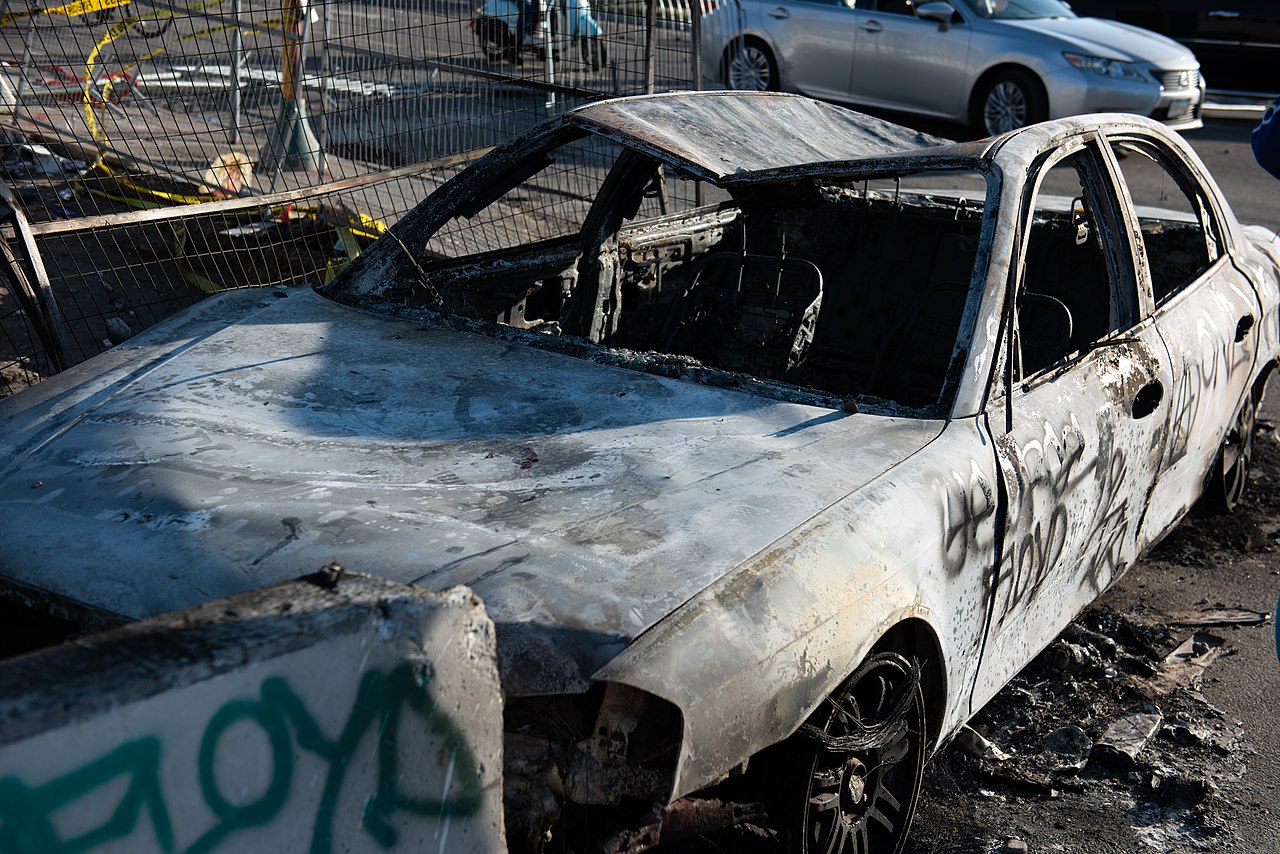
Tamika Mallory, a prominent Black activist who has also been deeply engaged in the Black-Palestine solidarity movement, gave a poignant response to these narratives: “Don’t talk to us about looting. Y’all are the looters… America has looted Black people. America looted the Native Americans when they first came here. So looting is what you do, we learned it from you. We learned violence from you… So if you want us to do better, then dammit, you do better.”
This same media dynamic exists in Israel-Palestine. For decades Israel has looted Palestinian lives and properties, depriving them of their rights, incarcerating them, raiding their towns, demolishing their homes – an entire infrastructure of state violence and plunder. But when Palestinians protest and fight back, they are blamed as the violent ones; they are the “terrorists.” Suddenly, state violence becomes invisible.
All the while, the vast majority of Palestinians have continued to demonstrate nonviolently, including through the Boycott, Divestment, and Sanctions Movement. The same kinds of demonstrations have been led by groups like Black Lives Matter since Ferguson in 2014, while Black athletes like Colin Kaepernick have knelt during the national anthem against racism and police brutality – a simple gesture which was still met with punishment and backlash. No form of protest is ever good enough.
Double standard toward protests
The double standard in how white and Black protests are treated by U.S. police is striking. When white, far-right, anti-lockdown demonstrations were held this past month – such as when hundreds of armed protesters in Michigan stormed the state house – police did not shoot tear gas or make arrests; they did not even bring out their batons.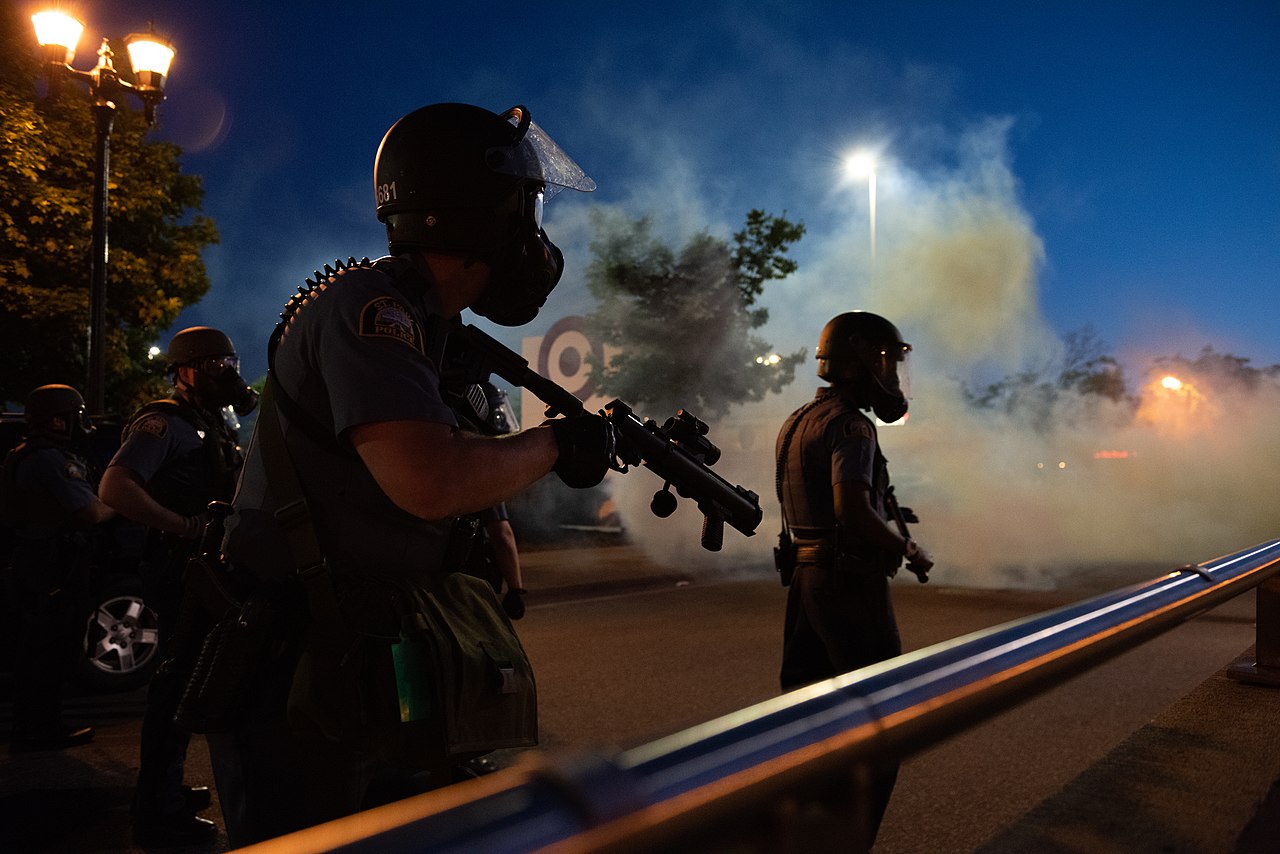
In contrast, in the wake of last week’s protests, mayors in at least a dozen U.S. cities have imposed a curfew, and governors in several states have called in the National Guard. While tanks roam neighborhoods, police have been shooting stun grenades, tear gas, and rubber bullets in Minneapolis and other cities. Journalists also reported at least 60 incidents since Friday of being targeted by the police, even though they were identifiable by their press helmet, vest, and pass; a female photographer, Linda Tirado, was blinded in her left eye by a rubber bullet in Minneapolis.
All of these practices are a mainstay of Israeli occupation, tactics taken right out of the Israeli playbook. The Los Angeles curfew order reads like an IDF closed military zone order. The arrests and attacks on journalists for doing their job, which rarely happens in the United States, is a frequently occurrence in Palestine.
The state’s contradictory response is also blatant in Israel-Palestine. When Palestinians protest, they are often beaten, arrested, or shot at, and those caught throwing stones can be sent to jail for years. Israeli Jews, meanwhile, can usually protest relatively freely, rarely having to fear arrest or repression – the major exception being Ethiopian Jews, who have been repeatedly brutalized by the police for protesting state discrimination and violence.
The U.S. certainly did not learn all its repressive methods from Israel, but there are many direct connections. In recent years, American law enforcement agencies at the federal, state, and local levels have held trainings in Israel on exchange programs sponsored by groups like the Anti-Defamation League, many of them centered around counterterrorism tactics used by the Israeli military. Groups like Jewish Voice for Peace have campaigned to end these exchange programs precisely because they bolster the methods and mentality of an occupying force.
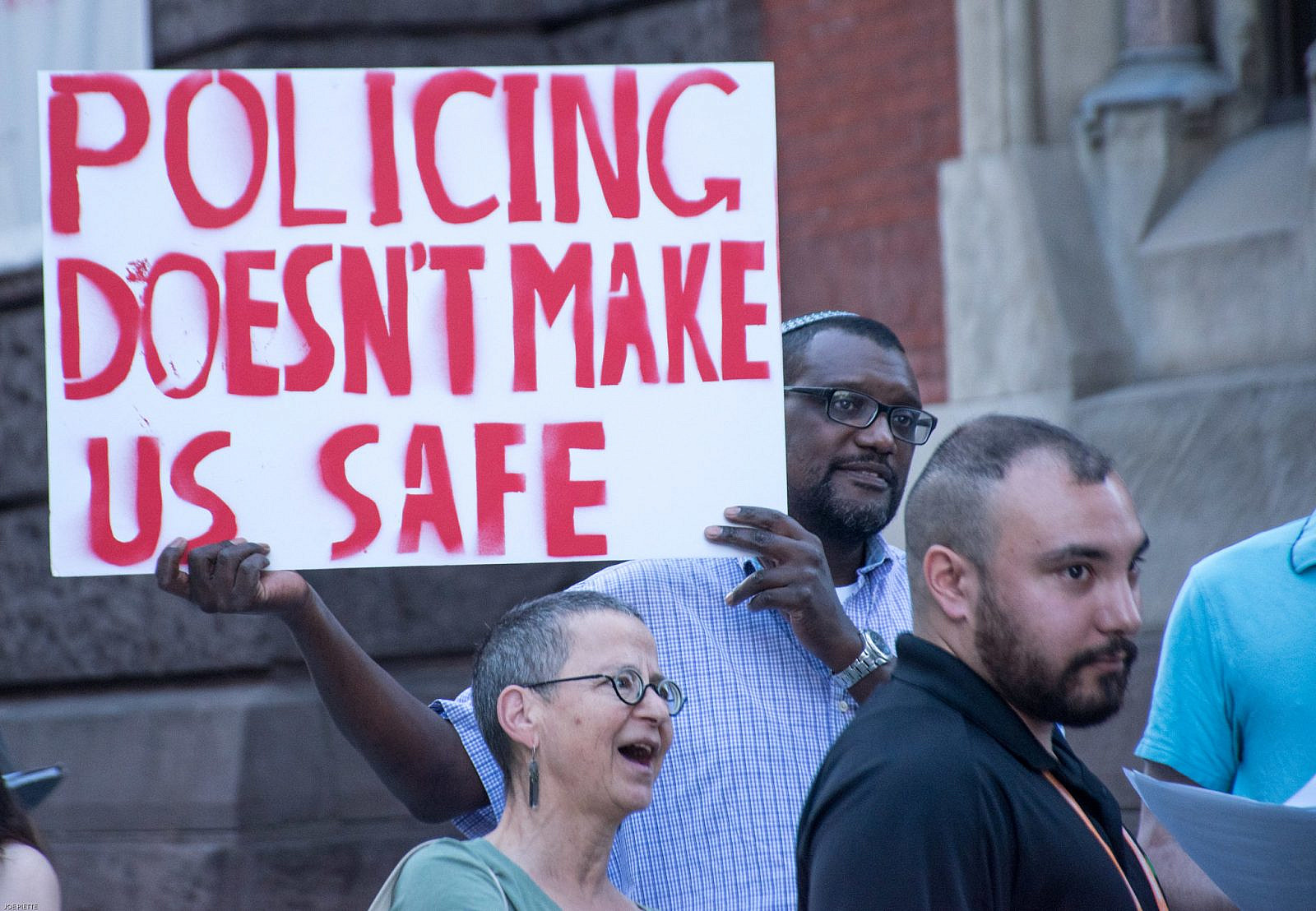
The hypocrisy of the groups sponsoring these police exchanges is also startling. The ADL’s CEO Jonathan Greenblatt, for example, issued a statement of solidarity with the Black community following Floyd’s murder, acknowledging that they are subject to a “racist and unjust system.” Greenblatt, who frequently comments on Israeli affairs, has yet to condemn the killing of Hallak or make a similar remark about Israel’s own “racist and unjust system.”
Police and military impunity
The Minneapolis police is notorious for refusing to remove bad officers or to adopt reforms; the officer who killed Floyd, David Chauvin, had 18 previous complaints filed against him. In New York City – where cops have assaulted Black people over social distancing during the pandemic – about 2,500 complaints of bias were lodged over the past four years against NYPD officers; the police deemed every case invalid.Similarly, Israeli soldiers and police are rarely brought to justice for killing or harming Palestinian protesters. For example, during Gaza’s Great March of Return that began in March 2018, only one Israeli soldier was tried for shooting and killing a plainly unarmed Palestinian child during the mass protests, and was sentenced to only a month in prison.
Other soldiers who have shot tear gas and rubber and live bullets at protests in the West Bank rarely get tried. The soldier who killed Palestinian activist Bassem Abu Rahmeh, by shooting a tear gas canister at his chest during a protest in Bil’in in 2009, was never charged. Over a decade later, no one has been held accountable for his death.
For now, George Floyd seems to have avoided Abu Rahmeh’s fate, as his killer Chauvin appears set to face trial for his crime. But there is still nothing to guarantee that Chauvin will face meaningful justice, nor to ensure that other violent police officers will face the same consequences. Until then, America will continue to see many similar uprisings.
